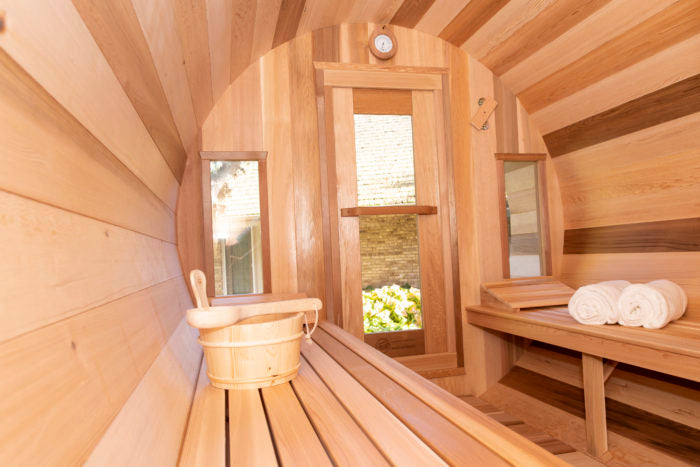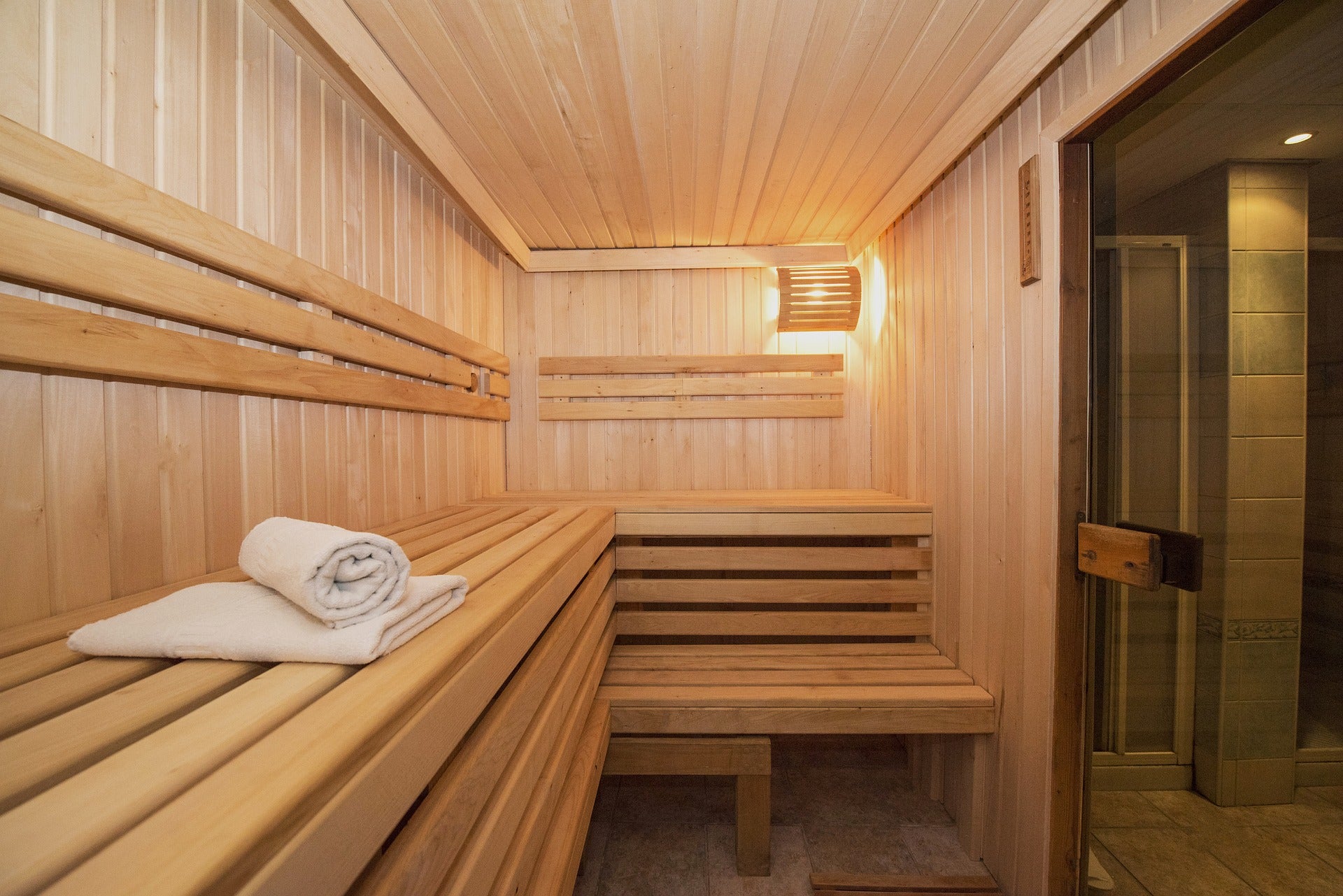Our Traditional Sauna Diaries
Table of ContentsThe 4-Minute Rule for Traditional SaunaTop Guidelines Of Traditional SaunaThe Of Traditional SaunaThe Best Strategy To Use For Traditional Sauna
A lot of the weight shed in a sauna is water loss and is re-gained upon rehydrating. Without a doubt sauna can be a crucial component of a healthy and balanced weight loss program. To take a look at the distinctions in between conventional and IR saunas, I will certainly separate these into verifiable, academic, and produced distinctions.Therefore, the most popular factor in the saunawhich goes to the ceiling directly over the sauna heateris generally between 185 and 190 F. Traditional Sauna. Claims that a standard sauna exceeds 200 F is merely not true and not appropriate for electrical saunas offered in the US. The temperature level for a far-infrared sauna is generally set between 120 and 140 F; nonetheless, unlike the standard sauna, the goal in and IR room is not to attain a high temperature level
Due to this, the temperature level distinction is nearly unnecessary, given that excessive sweating leads to both sauna types, yet the approach of heating up the body is different. In an IR sauna the bather will feel hot and will sweat a lot, however at much reduced temperature levels. Hence, if the objective is to invest longer time periods in the sauna, the IR sauna is an excellent option.

The 9-Second Trick For Traditional Sauna
When the heat is attained, the components cycle on and off to maintain the heat. Many conventional sauna individuals enjoy putting water over the rocks to develop steam to raise sauna moisture levels. The benefits of pouring water over the rocks include: making the area much more comfortable, dampening the nasal passages, and allowing the usage of aromatherapy by blending vital oils with the water.
In a far-infrared sauna, the warmth waves penetrate the body to effectively warm the body and increase the body core temperature. To attain this enhanced temperature, Far-infrared emitters develop infrared energy which is close to the exact same wavelength as that which the body normally emitsoften described as the "Important Range" of 7 to 14 microns), so the energy is well obtained by the body.
When the power gets in the body, it triggers the body temperature level to boost and eventually leads to perspiration. In an infrared sauna it's essential for the emitters/heaters to remain on almost constantly. Given that there is no mass of rocks to keep warm, the sauna will cool if the emitters shut down.
As stated above, the sauna bather in an infrared room wishes to place himself in front of running emitters to obtain maximum gain from the warm. The heating time for the two areas can be extremely different, relying on just how the spaces are used. For a typical sauna, a bather must enable 30-40 minutes for the area to attain a preferred temperature and to appropriately pre-heat the rocks.
The 5-Minute Rule for Traditional Sauna
A well constructed sauna will usually achieve a temperature of 150-160 F in concerning 30-40 minutes. For hotter temperature levels, the space might need to warm for a longer period.
To some, 15 mins was "squandered" while the infrared power warmed the wood panels instead of heating up a body, while others discover a pre-heated room to be extra comfortable and think an elevated beginning temperature level is required to start perspiring. The size of advised usage for every room is around the same (10-15 mins per session); however, because of the reduced air temperature levels and the capacity to really go to this site feel the results of infrared warmth much faster than a traditional sauna, it is not uncommon for a person to invest a here total amount of 20-30 mins in an infrared sauna.
Standard saunas often tend to be bigger (for this reason make use of even more electrical power) than infrared saunas, although traditional saunas are absolutely available in one and two person dimensions too. For a two-person traditional sauna, 5x6 or 5x7 dimension is most prominent. The top bench can conveniently seat two or three individuals and is likewise long enough to lie down throughout the sauna session.


The ordinary cost per kWH of power in the U.S. is about $0.11, so a 4.5 kW heating unit will certainly cost around $.50 to run for one hour, if the heating system runs continuously for one hour. Typically a sauna heating system will run for 75% of the initial hour and 50% of subsequent hours on since the aspects cycle once the established temperature is attained.
All about Traditional Sauna
A two individual far-infrared room is typically physically smaller sized than a standard sauna, typically about 4' x 4' or smaller. The IR heating system is normally 1.5-1.7 kW making use of a 120 volt 15 amp plug-in solution. Given that the area can be made use of sooner than a sauna room, we will Bonuses assume the room is used for to of an hour including warm up time.
There is a rarely gone over distinction in the social experience between the 2 spaces. While our culture has actually shed some of the social benefit of the typical sauna experience, it can be extremely socially rewarding. From family time in the sauna, to heart-felt conversations with better halves, to sauna partiesthe standard sauna experience can cause intimate interacting socially.
Most greater end infrared rooms consist of colored light treatment, noise systems and full-glass fronts.